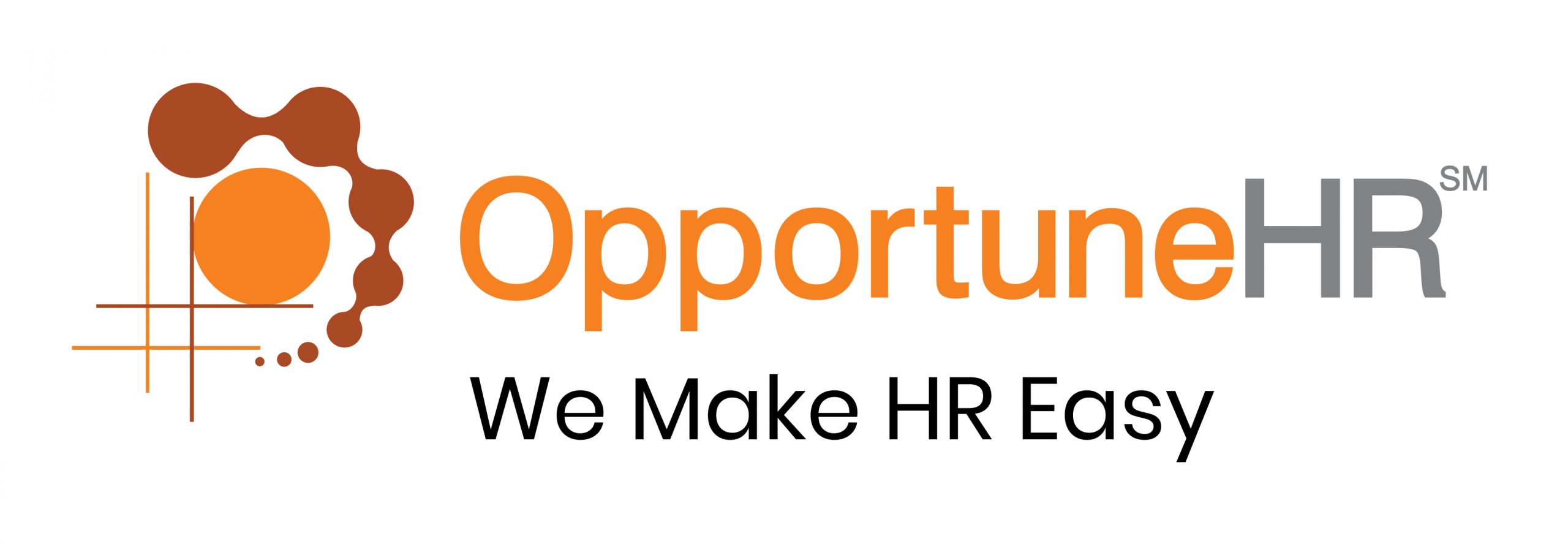In the business world, there is a lot of conversation around sectors like IT and services, but the metal, mining and manufacturing industry still remains the powerful engine of growth. And a significant contributor to national GDP.
In recent years, the manufacturing industry has bounced back, and progressive organisations are putting new initiatives in place.
But the human resource departments in the manufacturing sector are caught in a cycle of transition–going through an intermingling of the past, present and future.
Let us explain–
Make in India is the buzzword. The government is putting a lot of effort to make the manufacturing ecosphere better, to increasing its contribution to GDP up to 25%. Obviously the top management in these organisations are gearing up for the next leap of industrial transformation. The focus is shifting to value-added products. Companies are more than ready to adopt new technologies in their production line.
But on the other hand, the human resource departments are still using the legacy solutions. And struggle daily with minor issues emanating from old work practices. Whether it is the hiring process or employee engagement and retention, contractor workforce management or calculation of accurate payroll–old practices are still in prevalence.
In our HR mastermind sessions HR leaders from other industries often wonder–
Why should a workplace with high technology use the same legacy HR practices? Why should HR managers in the manufacturing sector work with Excel sheets and collate data manually when modern HRMS are available?
The response from the manufacturing sector is–
- We are different from other sectors. Changing technology is easy, but changing workforce habits is tough.
Our team has recognized these 5 points as the biggest challenges in adoption of human resource management systems in the manufacturing industry. Let us see if these hold good in the light of real-life examples–
1. Wide range of workers–management employees:
Among all sectors, the manufacturing industry has the widest range of employees. It has blue-collar workers in large numbers, and on the other hand, the skilled workers, engineers, and top management are among the most sophisticated in the world.
In some industries in the manufacturing sector, the ratio of white collar-blue collar employees could even be 10:90.
The question is: Can a software solution take care of such differences?
- That’s true. But also true is the fact that the nature of the Indian workforce is changing.
- Because of mobile phones, almost everyone is well versed in simple operations like pushing the button, registering inputs on a screen, etc. And a modern HRMS solution is easy to use for blue-collar workers. It also reduces the need for the workers to come to HR again and again for minor tasks. It saves productive time for both parties. And also minimizes day-to-day discussions and disagreements over attendance, payroll and leave management issues arising due to manual interventions and human errors.
- Plus, the HRMS system protects the workers by maintaining compliant work hours and wage structures. It makes sure the employee benefits are given to them without any human bias.
- On the other hand, skilled workers and management employees appreciate the introduction of new technology on the HR side. The new generation of employees cites onboarding experience and HR services through mobile apps as an important factor in their evaluation of an organisation. It surely helps in attracting and retaining employees.
Our experience with the manufacturing industry suggests wide range of employees doesn’t become an obstacle in adopting HR automation. Not at all!
2. Legacy workplace practices:
This is not cited in public, but the managers feel HR scenarios in the manufacturing sector aren’t just HR scenarios. The dynamic goes beyond HR processes and overlaps with social engineering. For example in some places labour leader’s dominance is still prevalent. Something not seen in other industries.
Also, proxy attendance is a real issue. Managers know this but feel helpless.
- Implementation of modern HRMS and biometric systems makes a real difference here. Good biometric devices reject proxy fake fingerprint attempts. We have seen all kinds of experiments here. Our devices understand the difference between a silicon finger (or any other material) and a live finger.
- This saves a huge cost to the organisation. It also motivates good, honest workers who do their best for the organisation, increasing productivity.
- Now, to the more sensitive issue: automation has come as a big relief to HR managers. It is easy to pressure a vulnerable HR employee but once the HRMS attendance solution comes into the picture they just can’t game the system.
- The HR managers are protected behind a software shield.
3. Increasing numbers of contract workers
Contract workers are always a part of the manufacturing workforce. But in the past decade, their numbers have risen dramatically. And they may come from different contractors. The question is, can software handle this complex situation?
- While contractor workforce is increasing in number, HRMS like ours handles contractor employees as well as the native organisational employees together. Seamlessly, without any hassle.
- To assure you, our HRMS software is deployed in heavy industries with up to 30,000 employees!
- An HRMS will also help in proper shift management as well as accurate billing.
4. Multiple shifts:
In manufacturing organisations work is on all the time. In some industries, it is a 24/7 activity. With hundreds and thousands of employees working in changing shifts, can a software handle the complexities?
- Now, it depends on the platform being used. Good software with a well-designed rule engine will actually become a savior for the HR team. It will help the HR team handle multiple shifts like a dream. The dashboards will show real-time employee presence on the shop floor at any given moment. Not only that, it will help them in shift planning and human resource estimation for future shifts.
- It also takes care of employee overtime, accuracy of payroll and other compensation issues related to shifts.
5. Complexities of compliance
Compliance is complex in the manufacturing sector. The policies are stringent to protect blue-collar workers. There are definite rules as to how many shifts and hours they can be put at work. Women employees have an additional set of policies.
To add to this, manufacturing units and management units are often in different states, which means these compliances vary by location.
- Again, an HRMS can save the HR team a lot of headaches. HR managers don’t need to remember the manufacturing industry-related work compliances and various periodic changes in these policies. Everything is programmed in the HRMS system. We have clients with more than 10 locations. Not just in different states, but some of their offices are in different countries. Everything works seamlessly.
- Maintaining the compliance registers manually is cumbersome and difficult. Even tougher is finding particular compliance data when an inspector wants one. HRMs solution makes it simple. Everything can be produced whenever someone wants it.
Conclusion: The manufacturing sector must initiate HR digitalization. With a Software-as-a-service solution, it doesn’t need capital investment. When a good HRMS is in operation, HR can actually focus on important and significant tasks like making and enhancing policies. They can work on engaging the workforce and their development, rather than running behind employees for minor tasks and reports.
HR in manufacturing must adopt new technology and automation like it is happening on the production side. It will surely make change management and building human capital easier and smoother
If you have any queries or wish to understand how we can address unique HR scenarios in your organisation, please feel free to connect.
Share on








